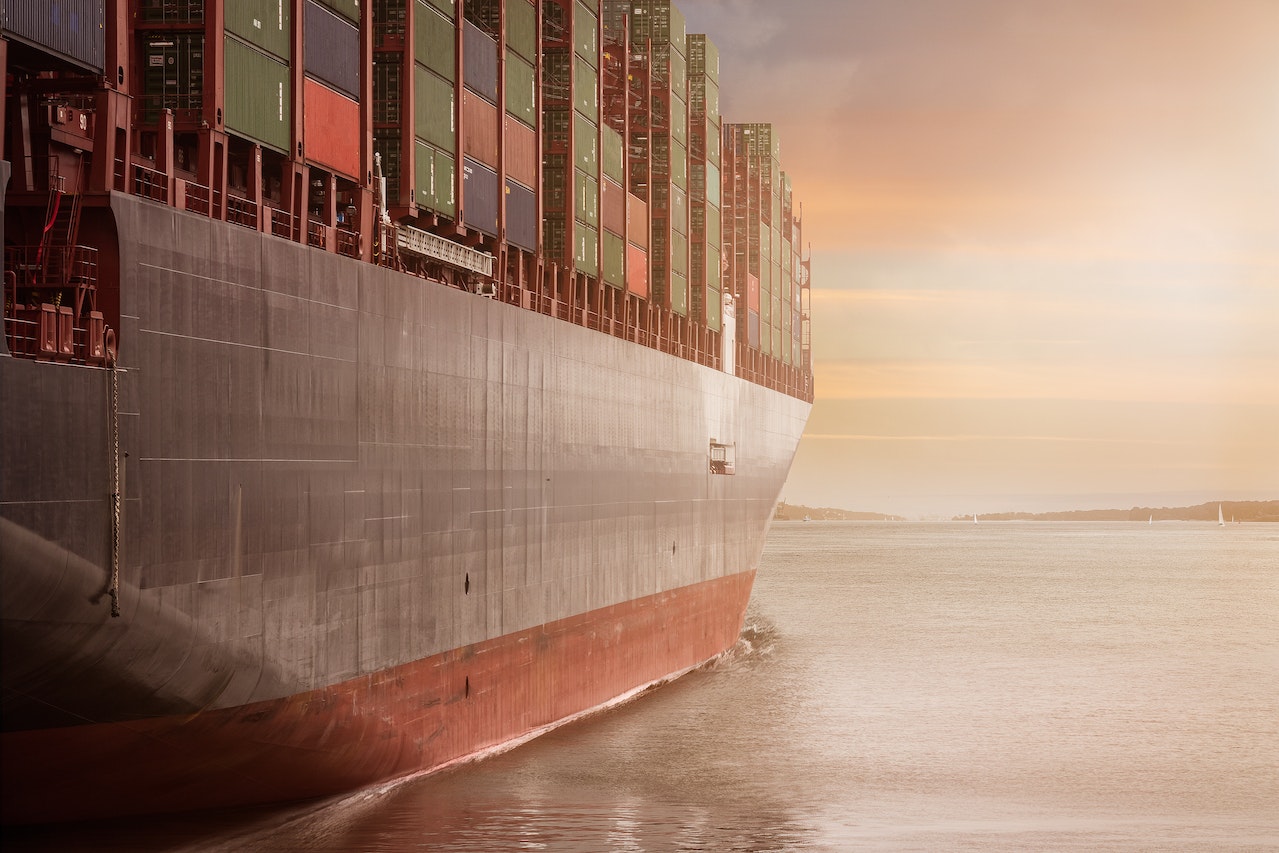I’m connected on LinkedIn with some great carriers and brokers, and lately have been spending time reading the comments on many posts. I have been struggling to understand why there is such an ‘us versus them’ mentality between Brokers and Carriers. I have worked for both asset carriers and logistics companies for over 20 years, as well as companies that manage both asset and logistics divisions, and I understand the frustration on both ends. Nevertheless, I have struggled to understand these adversarial comments. It seems that;
- Carriers believe brokers are price gouging and taking as much as 50% of the shipment value in the current market. They are complaining that brokers are influencing this market in their favour, and that the result is that carriers are not getting paid a fair rate per mile.
- Brokers are commenting that carriers themselves gouged brokers during the pandemic and that they drove rates higher from day to day on the same lanes, for their own gain.
Both parties are misplacing blame on their industry counterparts. The freight market is driven by supply and demand, the same as any other industry. If your product or service is in demand, the rate for your product or service will go up. I won’t patronize with basic economics, so why do some people in our industry seem to not believe supply and demand are driving the market rates? Why are they stuck on the us versus them mentality?
The facts are;
- During the pandemic, the rate increases started on the first mile. Due to high demand and lack of capacity, ocean providers increased rates from roughly $900-$1200 to $15,000- $20,000 for containers to the West Coast USA from East Asia.
- If the capacity had been available, the rates would not have increased to the extent they did.
- Following ocean, drayage rates increased, congestion fees were implemented, waiting time fees increased due to lack of capacity and excess waiting time at ports.
- If the capacity had been available, the rates would not have increased to the extent they did.
- Middle-mile trucking companies now raised their rates based on demand, with excess volumes at all ports and ocean vessels restricting inland moves of containers (get the empties back to improve capacity). This meant that middle-mile trucking companies dealt with an increase in transloaded freight.
- If the capacity had been available, the rates would not have increased to the extent they did.
- Due to increased demand, large courier services raised their rates in 2021-2022, but they did not have the capacity to add any new customers.
In all these stages, if the capacity had been available the rates would not have increased to the extent they did. The markets are the root cause of both the favour or misfortune of Brokers and Carriers. However, I don’t want to disregard the fact that some companies are valuing making a quick dollar over long-term sustainable partnerships, and these people are fuelling the carrier versus brokerage fire. Nonetheless, it’s just not possible to create a favourable market and I don’t think Brokers and Carriers are actively attempting to inflict these markets on one another. I don’t get the adversarial commentary online.
Whether you are an asset carrier, broker, 3PL, or 4PL, we all work together as an industry. This should never be an ‘us versus them’ scenario. We all represent the transportation industry. We all have investments that are significant to operate our businesses. We need to work together to build and improve our industry and provide shippers with a great experience that compliments and improves their supply chain.
See you next week!
Bill Robinson

